Last updated on
Discover the efficient way to smoothly transport your couch upstairs, ensuring a hassle-free experience while protecting both your furniture and home.
Moving a couch upstairs can be quite a daunting task, especially if you’re doing it alone. But don’t worry, with the right tools and techniques, you’ll have that couch in its new spot in no time.
In this article, we’ll go over everything you need to know about moving a couch upstairs safely and efficiently. Whether you’re moving into a new home or just rearranging your furniture, these tips will come in handy.
So let’s get started!
Table of Contents
Assess the Couch Dimensions
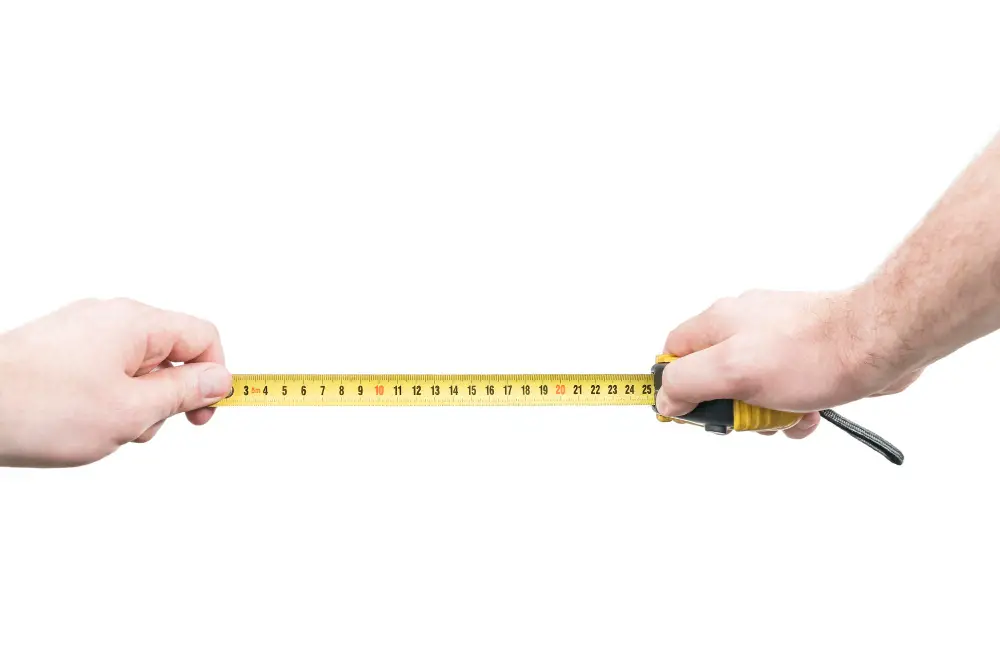
The first step in moving a couch upstairs is to assess its dimensions. Measure the length, width, and height of your couch to determine if it will fit through doorways and up the stairs.
It’s important to take accurate measurements so that you can plan accordingly.
Once you have measured your couch, measure the staircase and hallways leading up to where you want your furniture placed. This will help ensure that there are no surprises when it comes time for moving day.
If either the stairway or hallway is too narrow for your sofa, consider disassembling it before attempting to move it upstairs. Some sofas come apart easily into smaller pieces which makes them easier to maneuver around tight corners or through narrow spaces.
Measure Staircase and Hallways

This step is crucial in determining whether or not your couch can fit through the space without causing damage to either the furniture or walls. Measure both the height and width of each stair tread, as well as any turns in your staircase.
Take note of any narrow doorways or tight corners that may pose a challenge during transportation.
Once you have an accurate measurement of these spaces, compare them with your couch dimensions to ensure they are compatible. If there isn’t enough room for safe passage up the stairs and into its new location, consider disassembling parts of it if possible.
Gather Necessary Tools
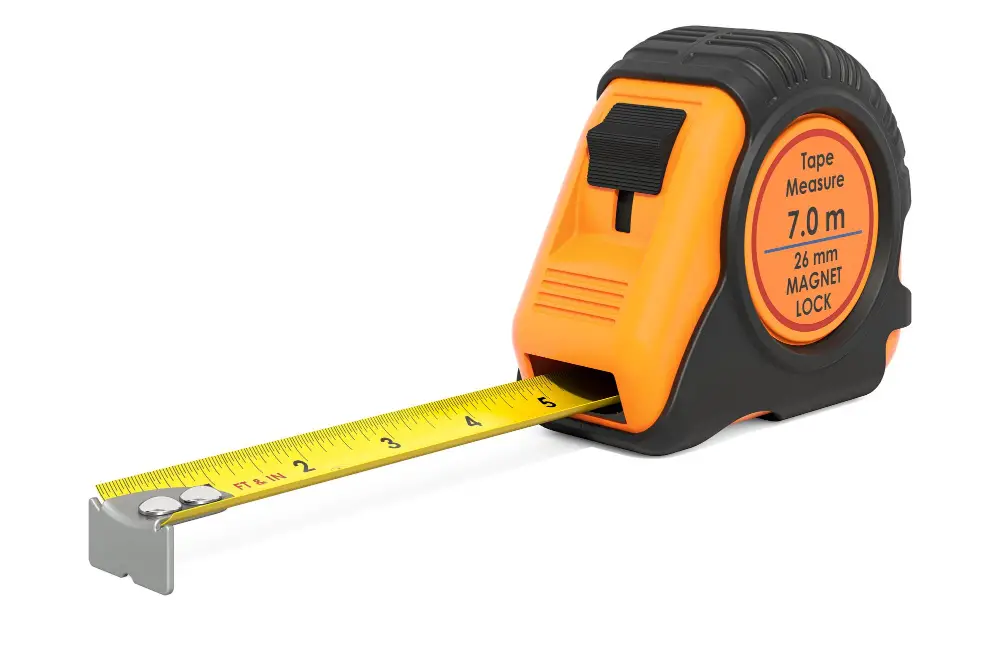
Having the right equipment will make the process much easier and safer for both you and your furniture. Here are some of the essential tools that you’ll need:
1. Moving blankets or furniture pads: These will protect your couch from scratches, dents, and other damages during transportation.
2. Furniture sliders: These handy devices can be placed under each leg of your couch to help slide it across floors without damaging them.
3. Tape measure: You’ll need this tool to measure doorways, hallways, staircases or any other tight spaces that may pose a challenge when moving a large piece of furniture like a sofa.
4. Screwdriver set (if applicable): If there are any detachable parts on your couch such as legs or cushions then having screwdrivers on hand is crucial for disassembly purposes.
5. Moving straps/ropes/harnesses: These items can help distribute weight evenly while lifting heavy objects like sofas up stairs making it easier for multiple people involved in carrying out this task together safely.
Disassemble Couch If Possible
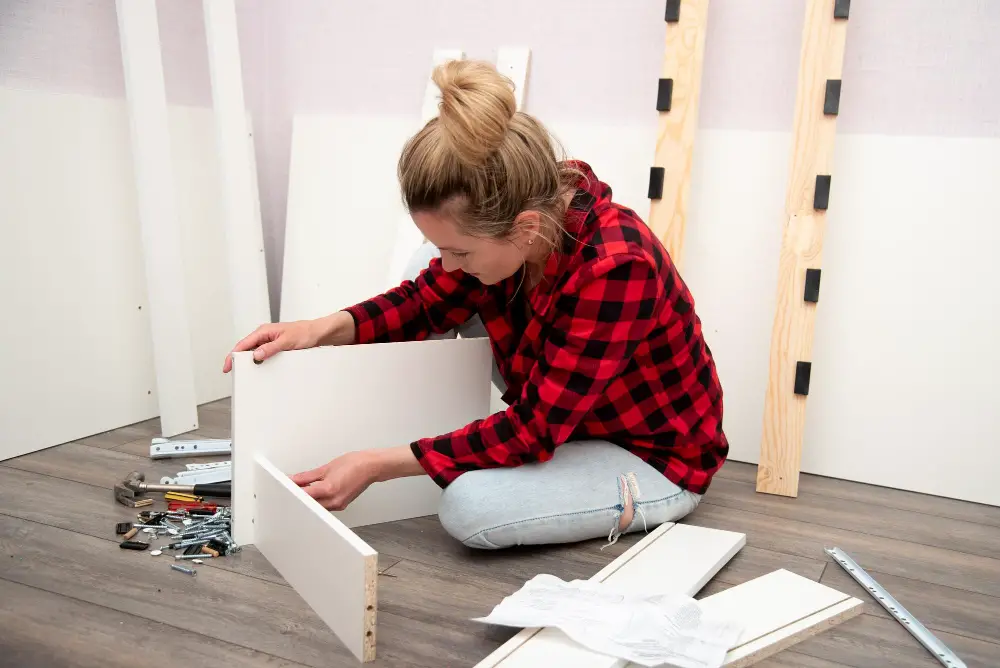
This will make the couch lighter and easier to maneuver through tight spaces. Before you start taking apart your sofa, take a few pictures of it from different angles so that you can easily put it back together later.
Start by removing any cushions or pillows from the couch. Then, check for any screws or bolts holding the frame together and use a screwdriver or wrench to remove them carefully.
If there are no visible screws on your sofa, consult its manual for instructions on how to disassemble it properly.
Once all detachable parts have been removed safely and set aside in an organized manner (preferably labeled), move onto transporting each piece up one at a time using proper lifting techniques as outlined earlier in this article.
Protect the Couch

The last thing you want is to end up with a scratched or torn couch after all the effort of getting it upstairs. To prevent this, cover the entire couch with furniture pads or blankets and secure them in place using tape or bungee cords.
If there are any protruding parts on your sofa such as legs, armrests, cushions that can be removed easily without damaging them then remove those parts before covering the sofa. This will make sure that they don’t get caught on anything while moving and also reduce its overall size making transportation easier.
Another way to protect your couch is by wrapping plastic wrap around it tightly after covering with furniture pads/blankets; this will keep dust off during transport and provide an extra layer of protection against scratches.
Enlist a Moving Team

Enlisting the help of others is highly recommended to make the process smoother and safer. If possible, gather a team of at least two or three people to assist with moving your couch upstairs.
When choosing your moving team, consider their physical abilities and experience in lifting heavy objects. It’s also important that they are reliable and trustworthy individuals who will take care not to damage your furniture or home during the move.
If you don’t have friends or family available to help out, consider hiring professional movers for this task. They have experience in navigating tight spaces while carrying bulky items like sofas up stairs safely.
Plan Your Route
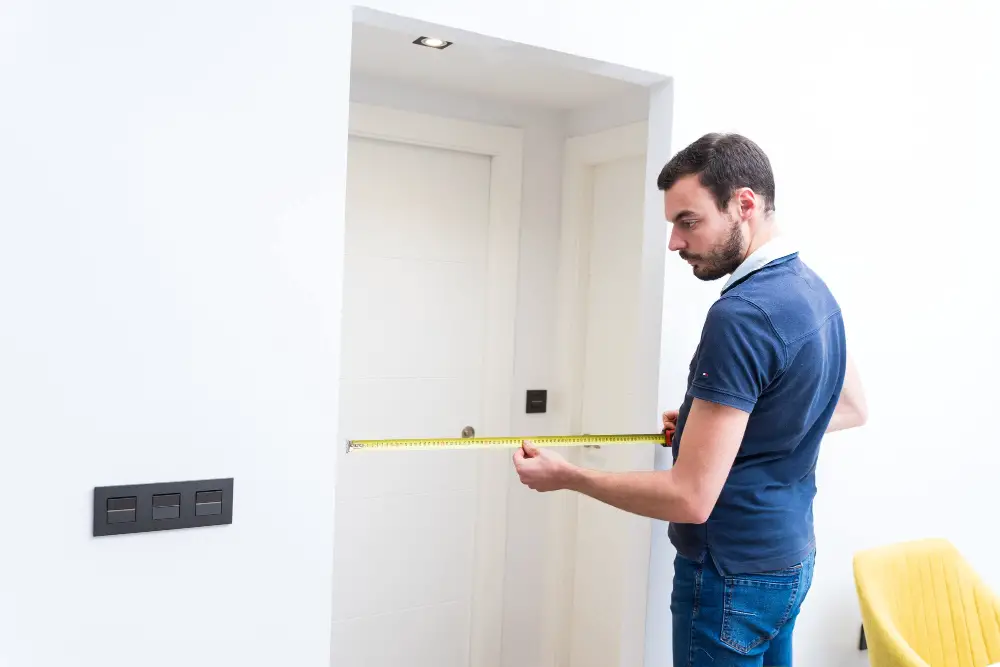
This step is crucial in ensuring that the process goes smoothly and without any hiccups. Take a moment to assess the path from where the couch currently sits to its new location upstairs.
Start by measuring all doorways, hallways, and staircases along the way. Ensure that there are no obstacles or potential hazards such as loose rugs or uneven flooring that could cause tripping accidents.
Once you have identified any potential issues with your route, make sure to clear them out of the way before starting on moving day. It’s also important to consider whether there will be enough space for both yourself and anyone helping you move when carrying furniture up stairs.
Employ Proper Lifting Techniques
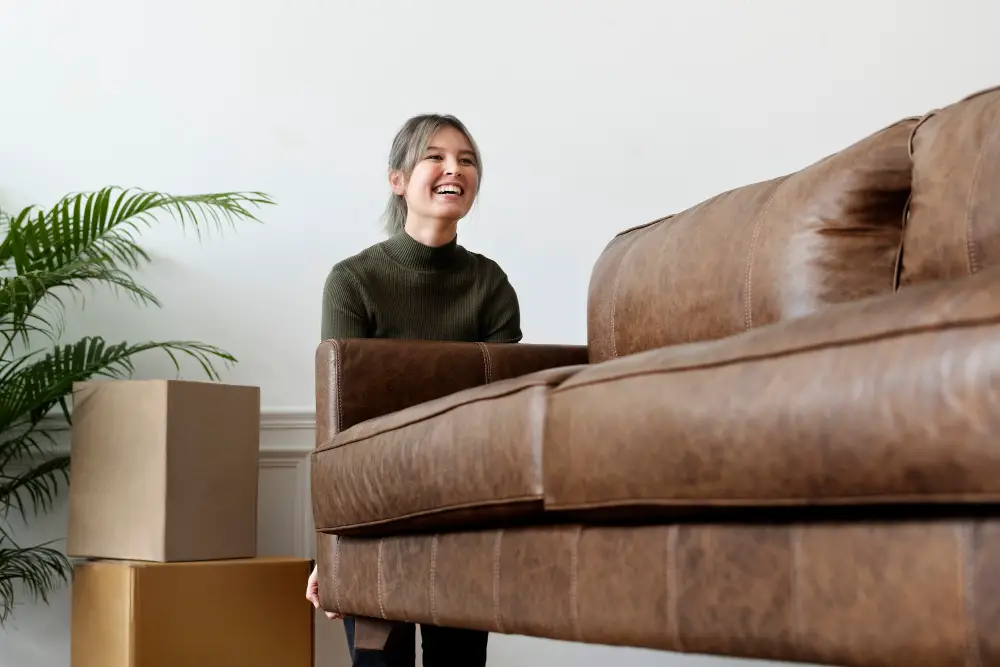
Not only will they help you avoid injury, but they’ll also make the process much smoother and more efficient. Before you start lifting your couch, make sure that everyone involved is aware of these techniques.
Firstly, always lift with your legs and not with your back. This means bending at the knees instead of hunching over to pick up the couch.
Keep your back straight as you lift and use the strength in your legs to push yourself up.
Secondly, keep a firm grip on both sides of the furniture piece while maintaining an upright posture throughout its movement from one place to another.
Lastly, communicate effectively with anyone helping you move by agreeing on when each person should lift or lower their end so that no one gets hurt during this process.
Angle and Pivot the Couch
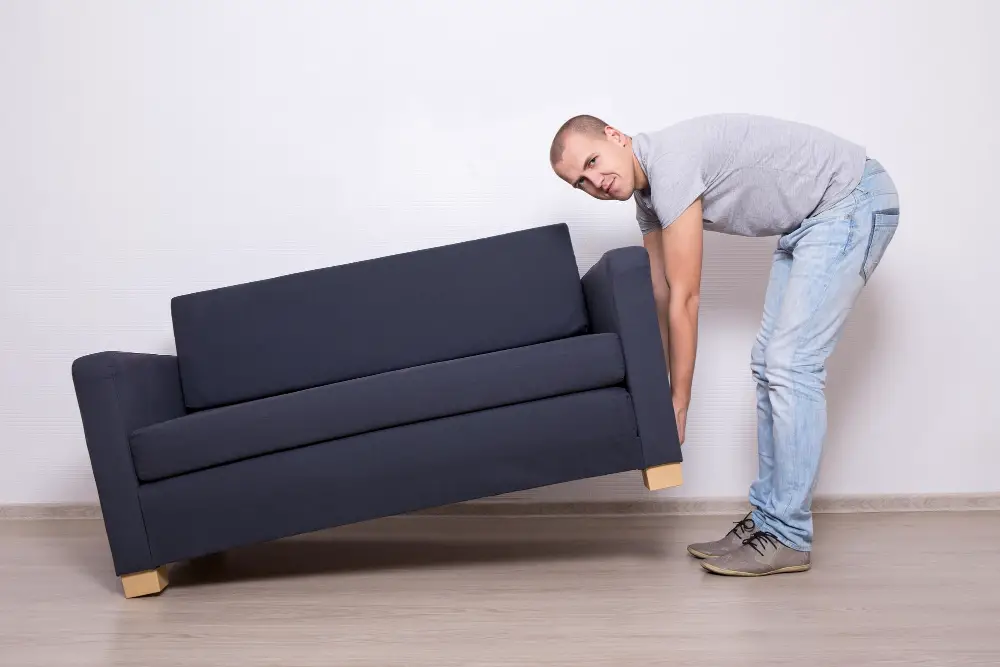
This is where having a team comes in handy as they can help guide and support the couch while you maneuver it into place.
To angle your couch, tilt one end up slightly while keeping the other end on the ground. Then, rotate it slowly until both ends are facing in opposite directions.
Be sure to keep an eye out for any potential obstacles that may be blocking your path.
Pivoting involves rotating one end of your couch around a fixed point so that it’s facing another direction without moving its position from side-to-side or front-to-back. To do this safely, lift one corner of your sofa off the ground and turn it towards where you want to go before lowering back down onto all four legs.
Use Moving Straps or Ropes
These tools help distribute the weight of the couch evenly, making it easier for you and your team to lift and maneuver. When using moving straps or ropes, make sure they are properly secured around the couch before lifting.
To use these tools effectively, place one strap under each end of the couch and adjust them so that they are snug but not too tight. Then have two people on each side of the stairs hold onto their respective straps while another person guides from behind.
If you’re using ropes instead of straps, tie a knot at both ends after wrapping them securely around each end of your sofa. Make sure that everyone involved in carrying is aware which direction to move in order to avoid any confusion during transport.
Using moving straps or ropes can greatly reduce strain on your back as well as prevent damage to walls and floors during transportation up stairs.
Navigating Tight Spaces and Corners

To navigate these areas with ease, it’s important to have a plan in place. First, assess the space and determine if there are any obstacles or potential hazards that could cause damage to your furniture or home.
If possible, remove any items from the area that could get in the way of moving your couch through. This includes rugs, decorative objects on tables or shelves and other pieces of furniture.
Next up is angling – this technique involves tilting one end of the couch upwards while keeping it close to a wall so as not to scratch anything along its path. Once angled correctly (usually at around 45 degrees), pivot it carefully around corners by lifting slightly off ground level before turning into new direction.
Take Breaks When Needed
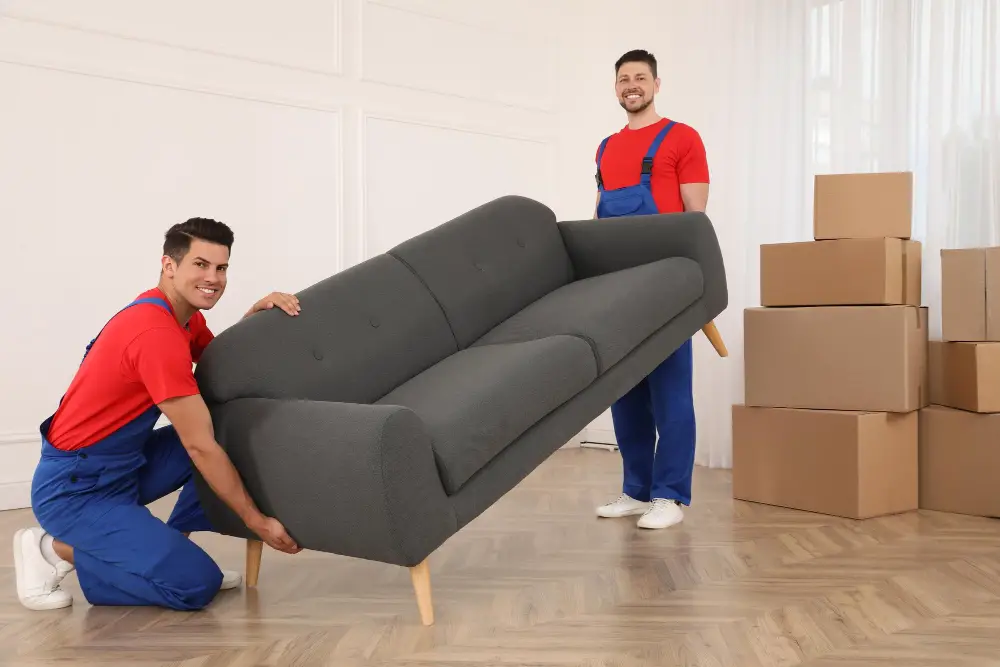
Don’t push yourself too hard or risk injury by trying to move the couch in one go. Take frequent breaks, especially if you’re feeling tired or fatigued.
During your break time, hydrate yourself with water and have some snacks to keep your energy levels up. You can also use this time to assess how far you’ve come and plan out the next steps of moving the couch upstairs.
Remember that taking a break doesn’t mean giving up; it means being smart about how much physical exertion you put on your body during this process.
Reassemble Couch
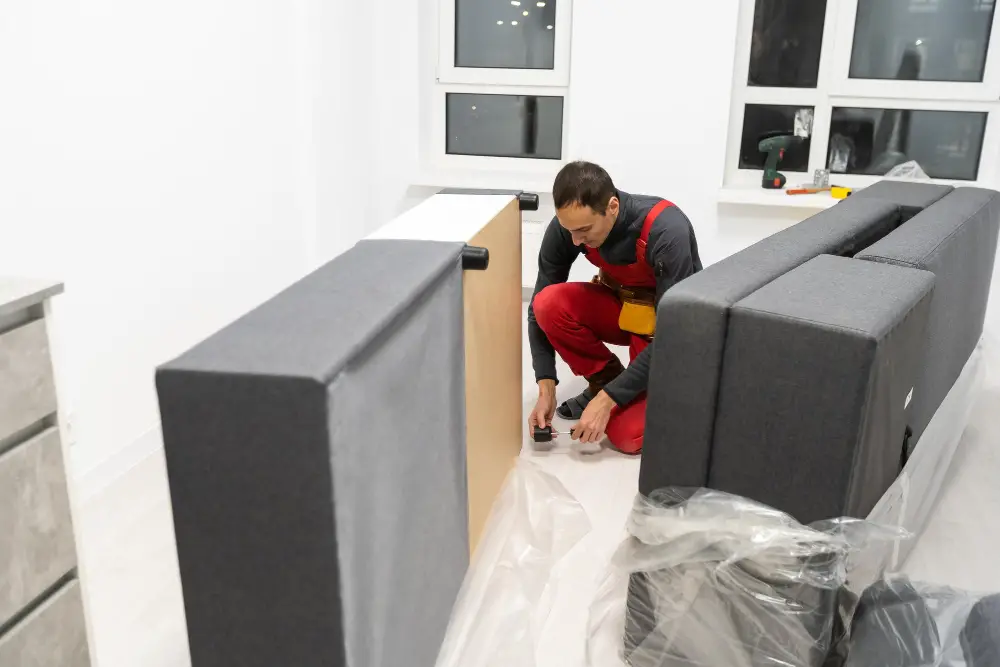
If you disassembled the couch before moving, now is the time to put all of its parts back together. Start by attaching any legs or other removable pieces that were taken off earlier.
Next, carefully align and connect each section of the sofa until they fit snugly together. Make sure everything is properly aligned and secure before proceeding.
If there are any cushions or pillows that were removed during transport, place them back in their respective spots on the couch. Fluff them up a bit if necessary so they look good as new!
Give your newly assembled couch a once-over to ensure everything looks right and feels sturdy enough for use again.
Perform Final Inspection
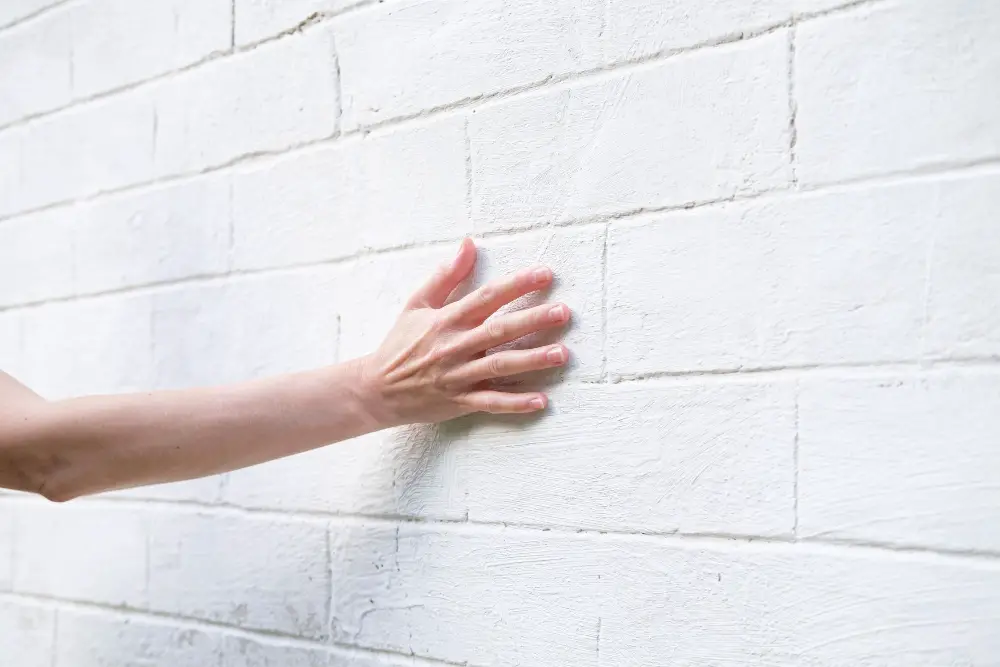
This will ensure that the couch is in good condition and hasn’t sustained any damage during the move. Take a few minutes to carefully examine all sides of the couch, paying close attention to any corners or edges that may have come into contact with walls or other objects.
Check for scratches, dents, or other signs of damage. If you notice anything out of place, take note and document it if necessary.
It’s always better to catch potential issues early on so they can be addressed before they become bigger problems down the line.
Celebrate Your Efforts

Take a moment to appreciate the hard work you put in and enjoy the new layout of your home.
You may want to reward yourself with some well-deserved rest or treat yourself to something special. Perhaps order takeout from your favorite restaurant or watch a movie on Netflix.
Whatever it is, make sure you take some time for self-care after all that heavy lifting.
Moving furniture can also be an opportunity for bonding with friends or family members who helped out during the process. Thank them for their assistance and spend quality time together enjoying each other’s company.
Moving a couch upstairs may seem like an overwhelming task at first glance but by following these tips, it doesn’t have to be stressful.
Warnings and Safety Considerations
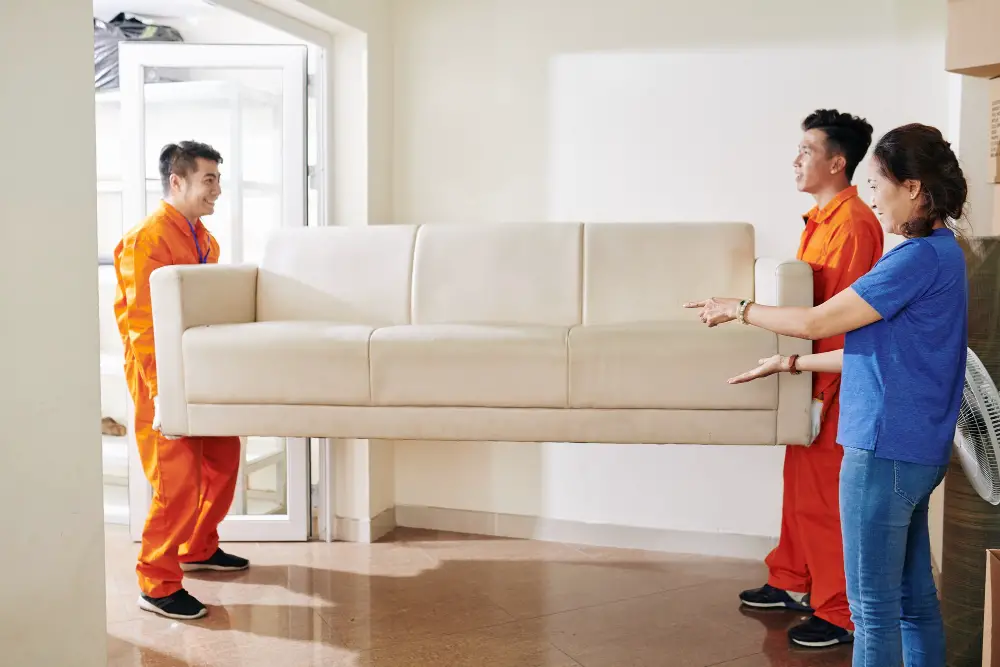
Moving furniture can be dangerous if not done correctly, and you don’t want to risk injuring yourself or damaging your home in the process.
Firstly, make sure that you have enough people helping you move the couch. Don’t try to do it alone as this could lead to serious injury.
Ensure that everyone involved is wearing appropriate clothing and footwear with good grip.
It’s also essential that you assess any potential hazards before starting your move. Check for loose floorboards or carpets on stairs and remove any obstacles from hallways or doorways beforehand.
Take breaks when needed – moving heavy furniture can be exhausting work! Listen to your body and rest when necessary so that no one gets hurt during the process.
Assessing for Potential Damage
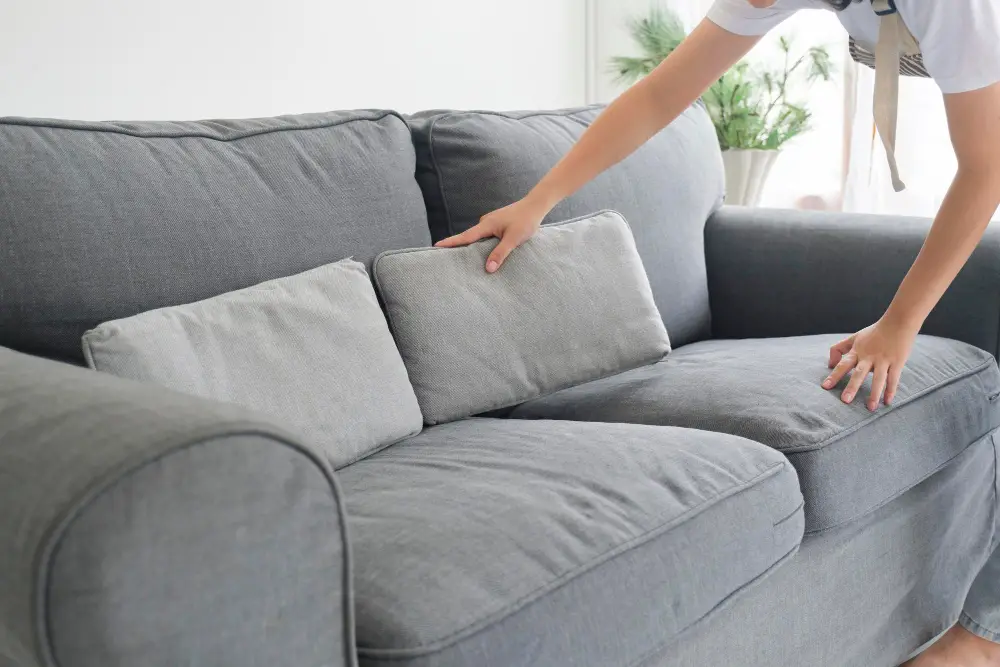
This will help you avoid any accidents or mishaps that could occur during the move. Start by checking the condition of your couch and identifying any weak spots or areas that may be prone to damage.
Next, take a look at the staircase and hallways where you’ll be moving the couch through. Look out for sharp corners, narrow passages, low ceilings or anything else that could cause harm to either your furniture or yourself.
If there are any obstacles in your way such as railings on staircases make sure they can be removed before starting with this process.
Tips for a Smoother Moving Process

Here are some additional tips to help you move your couch upstairs without any hiccups:
1. Clear the Path: Before moving your couch, ensure that there is enough space for it to pass through easily.
Remove any obstacles such as rugs or furniture that may obstruct its path.
2. Protect Your Walls: Use protective padding on walls and door frames along the way to prevent scratches or dents.
3. Communicate Effectively: If you’re working with a team of movers, communicate effectively so everyone knows their role in moving the couch safely.
4. Take Breaks When Needed: Moving heavy furniture like a sofa up stairs can be physically demanding work; take breaks when needed to avoid exhaustion or injury.
5. Hire Professional Movers if Necessary: If all else fails and you find yourself struggling with moving your sofa upstairs despite following these tips, consider hiring professional movers who have experience in navigating tight spaces while protecting both your home and belongings during transport.
Things You’ll Need
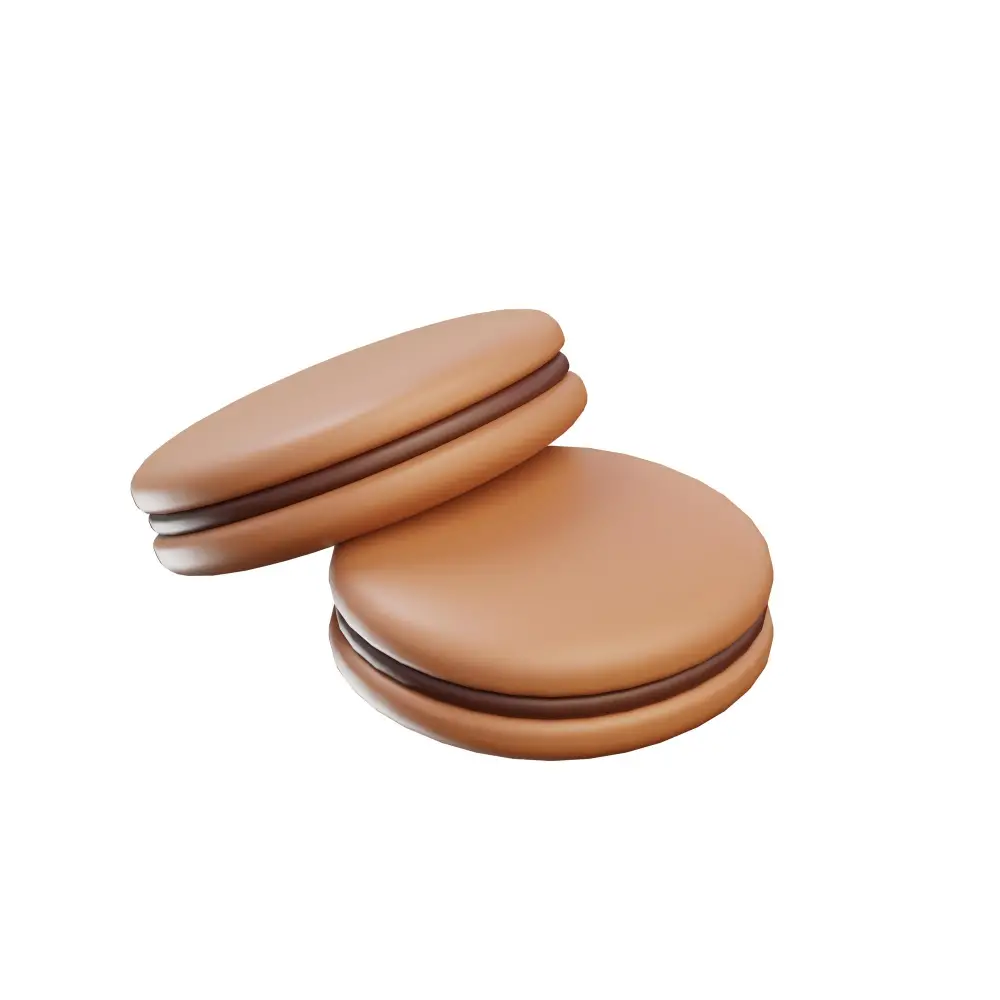
This will make the process much smoother and safer for both you and your furniture. Here are some of the things you’ll need:
1. Measuring tape: You’ll need this to measure both your couch dimensions as well as any doorways, hallways or staircases that may be too narrow.
2. Moving straps or ropes: These will help secure the couch during transport while also making it easier to lift.
3. Furniture sliders: If possible, use these under each leg of the sofa so that it can easily glide across floors without causing damage.
4. Screwdriver/Allen wrenches: In case disassembly is required before moving.
5. Blankets/padding material/shrink wrap/tape/rope/bungee cords – All these items are essential in protecting your furniture from scratches or dents during transportation.
6-7 people (depending on size): Enlist a team of friends/family members who can assist with lifting heavy objects safely up stairs.
By having all these items ready beforehand, you’re setting yourself up for success when tackling this challenging task!
FAQ
How do you move a sofa upstairs by yourself?
To move a sofa upstairs by yourself, lift each end of the sofa individually, placing a dolly under each end, securely strap the sofa to the dollies, and then roll it across the floor.
Is it possible to move a couch by yourself?
Yes, moving a couch by yourself is possible if you hone in on your inner strength and embrace the challenge.
How do you move a sleeper sofa up stairs?
To move a sleeper sofa upstairs, slide the sofa forward while applying pressure on the side furthest from the stairs, slowly allow it to lay on the stairs, and continue moving until it is completely positioned on the stairs.
What techniques can be used to safely maneuver a couch around tight corners and stairwells?
To safely maneuver a couch around tight corners and stairwells, use techniques such as lifting straps, dismantling the couch, using sliding pads, and planning the route strategically.
What tools or equipment can facilitate the process of moving a couch upstairs without damage?
Using furniture straps, a dolly, and moving blankets can facilitate the process of moving a couch upstairs without damage.
How can you disassemble and reassemble a couch to make it easier for moving it upstairs?
To make moving a couch easier upstairs, disassemble it by removing cushions, taking apart sections or modules, unscrewing legs, and detaching any hardware, then reassemble it in the new location by reversing the process.





